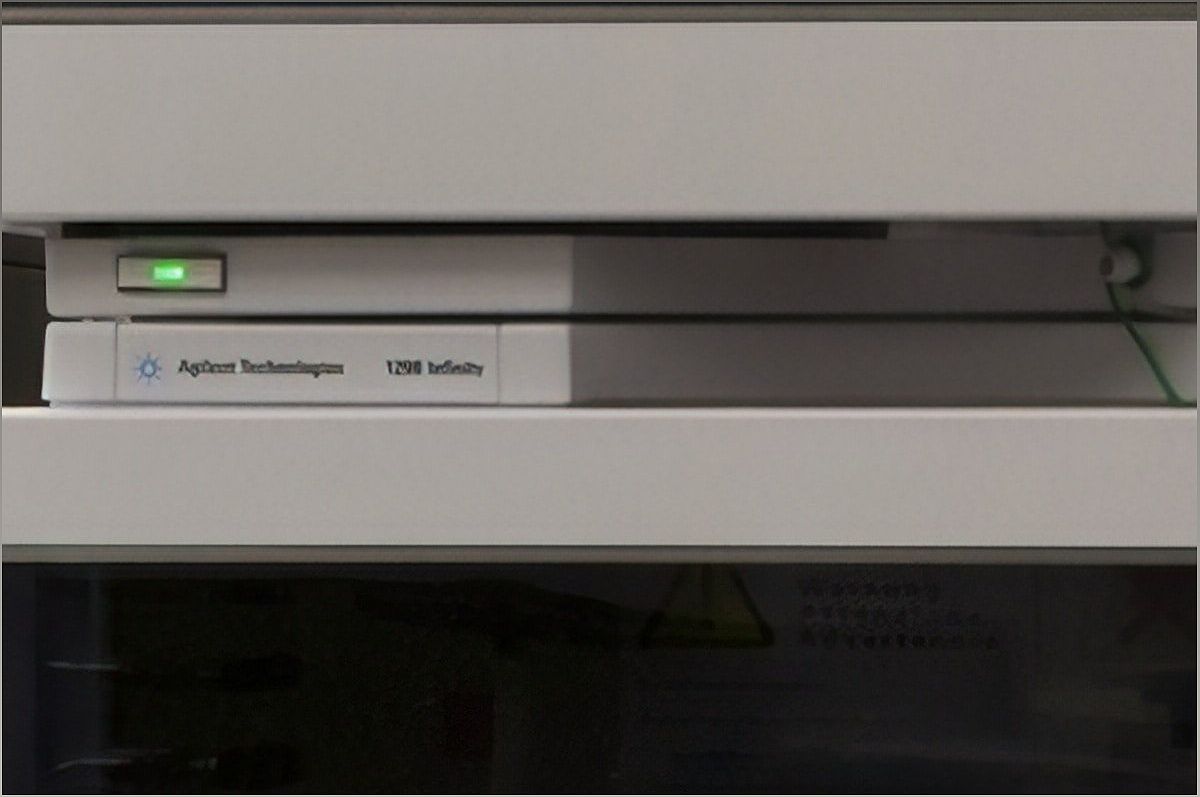Welcome to the fascinating world of exoplanets, where scientists are unraveling the mysteries of hazy skies. In this article, we delve into the experiments conducted to simulate hazy atmospheres in water-rich exoplanets. By understanding the impact of haze on telescopic observations, we gain valuable insights into the atmospheric chemistry and potential existence of extraterrestrial life. Join me on this scientific journey as we explore the complexities of exoplanet atmospheres and the challenges they pose for astronomers.
The Impact of Hazy Skies on Telescopic Observations
Explore how haze in water-rich exoplanets affects the accuracy of telescopic observations.
Telescopes are our windows to the universe, allowing us to study distant exoplanets. However, the presence of haze in water-rich exoplanets poses a significant challenge to astronomers. The particles suspended in the atmosphere can alter the way light interacts, making it difficult to detect specific features of these planets.
Imagine peering through a foggy window, trying to make out the details of a distant object. That's the predicament astronomers face when observing hazy exoplanets. The haze can distort observations, leading to inaccurate calculations of atmospheric chemistry and hindering our understanding of global temperatures and other planetary conditions.
By studying the impact of haze on telescopic observations, scientists can develop new tools and models to better understand the complexities of exoplanet atmospheres. This knowledge is crucial in our quest to unravel the mysteries of these distant worlds and potentially discover signs of extraterrestrial life.
Simulating Hazy Skies in Water-Rich Exoplanets
Learn about the experiments conducted to simulate hazy atmospheres in water-rich exoplanets.
Scientists have created a specially designed chamber to simulate hazy atmospheres similar to those found in water-rich exoplanets. By beaming ultraviolet light onto gas mixtures containing water vapor and other compounds commonly found in exoplanets, they can replicate the chemical reactions that produce haze particles.
Through these experiments, scientists have been able to measure the amount of haze that can form in water planets beyond our solar system. By understanding the interaction of these particles with light in the atmosphere, they can gain insights into the atmospheric chemistry and molecular features of exoplanets.
These simulations have revealed that water exoplanets likely contain haze, which complicates observations and hinders the accurate determination of atmospheric chemistry. This knowledge is crucial for accurately modeling exoplanet atmospheres and improving our understanding of these distant worlds.
Challenges in Detecting Atmospheric Chemistry
Discover the challenges faced by scientists in detecting atmospheric chemistry in hazy exoplanets.
The presence of haze in exoplanet atmospheres poses significant challenges in detecting and analyzing their atmospheric chemistry. Haze particles can absorb and reflect light, altering the chemical signatures observed by telescopes.
Scientists have found that the chemical signatures of well-studied exoplanets can be more accurately matched when considering the impact of different types of haze. This highlights the importance of understanding the complexities of haze in order to interpret and analyze the atmospheric chemistry of exoplanets.
Accurate detection of atmospheric chemistry is crucial for determining the presence of important substances in the air, understanding global temperatures, and gaining insights into the overall conditions of these distant worlds.
Modeling Exoplanet Atmospheres Using Lab-Made Haze
Learn how lab-made haze analogs are used to model exoplanet atmospheres and gain insights into various atmospheric conditions.
Scientists are using lab-made haze analogs to improve the modeling of exoplanet atmospheres. These analogs are created by using gas mixtures that better represent observations made with telescopes.
By studying the interaction of these analogs with light, scientists can gain insights into various atmospheric conditions and features. This data helps refine models and provides a deeper understanding of the complexities of exoplanet atmospheres.
Through detailed modeling and experimentation, scientists can focus on specific exoplanets rather than generalized tests, allowing for more accurate predictions and a better understanding of the potential habitability of these distant worlds.

